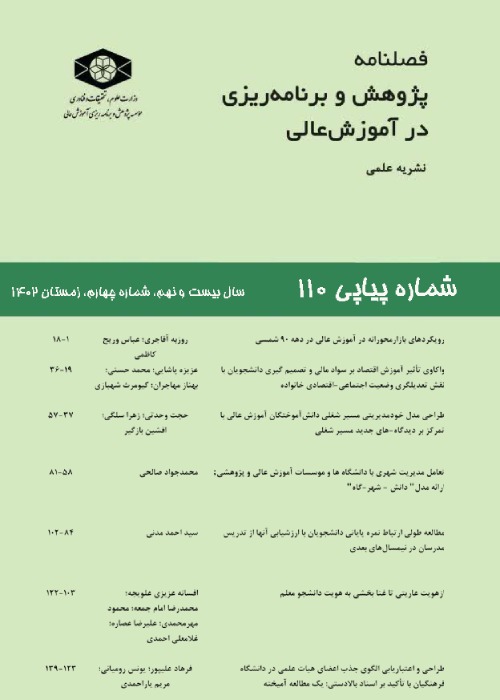Relationship between Students’ Readiness for e-Learning, Learner Satisfaction and Student Performance: The case of a post-graduate education program
The aim of this study was to explore students’ readiness for e-learning during Covid-19, determining learner satisfaction with online learning experiences and their relations with students’ success. A descriptive-analytical research design and Spearman correlation coefficient were used in this study. Population under study, which was considered as the sample, included students of a course in a post-graduate program in an engineering school at a research university in Iran. Instruments for measuring the two independent variables were two questionnaires: i) e=Learning Readiness, and ii) User Satisfaction Scale. Furthermore, continuous assessment by the instructor during the teaching-learning process was used a measure of student performance. Findings indicated that there was a strong relationship between students’ readiness for e-learning and student performance (=ρ.89). Furthermore, the correlation between learner satisfaction and performance was also strong ( =.86). Although the sample size in this study was small, due to strong correlation coefficients between independent variables and the dependent variable, the two hypothesis are statistically significant (p≤0.05). Although, the target population in this study was post-graduate students, the findings may be generalized to undergraduates as well. Therefore, students' academic success in online courses and their satisfaction with the system affect their preferences for how they learn, self-directed learning, learning habits, ability to work with computer tools, and technological skills. This readiness skill is composed of five factors: 1) self-directed learning; 2) learning preferences; 3) technology skills; 4) Study habits; 5) computer equipment capabilities. These five factors have been already in focus of attention by « Penn State » and some other universities. Based on the results, towards, making e-Learning courses and programs of high quality, there is need for enabling students in the five areas, above-mentioned. However, quality in e-learning, in addition to students’ readiness, requires that academic members are e-teachers and use a continuous assessment of learning during the teaching-learning process. By measuring the usability of e-learning systems, students' satisfaction can be measured and action can be taken to improve it.
- حق عضویت دریافتی صرف حمایت از نشریات عضو و نگهداری، تکمیل و توسعه مگیران میشود.
- پرداخت حق اشتراک و دانلود مقالات اجازه بازنشر آن در سایر رسانههای چاپی و دیجیتال را به کاربر نمیدهد.


